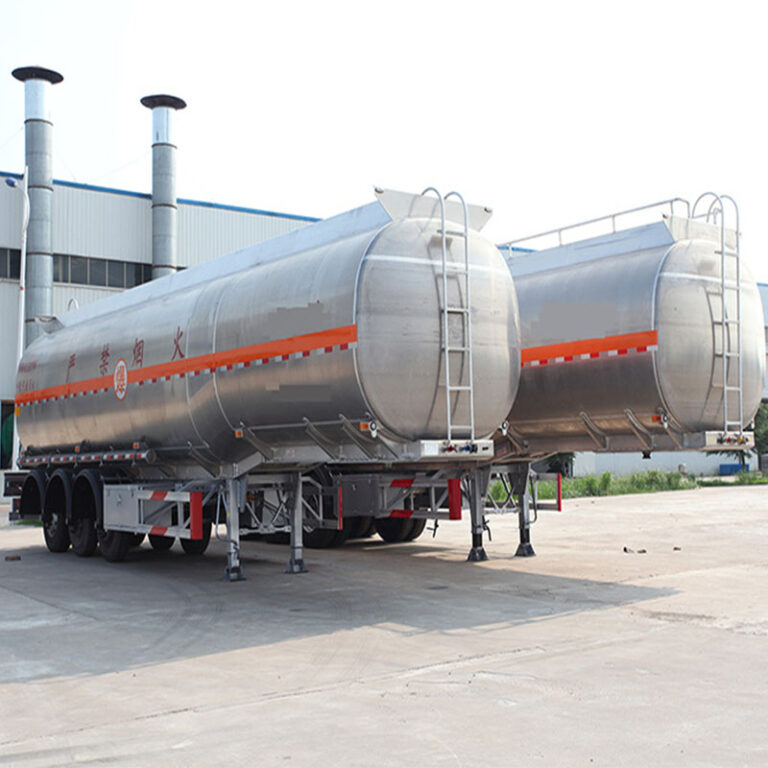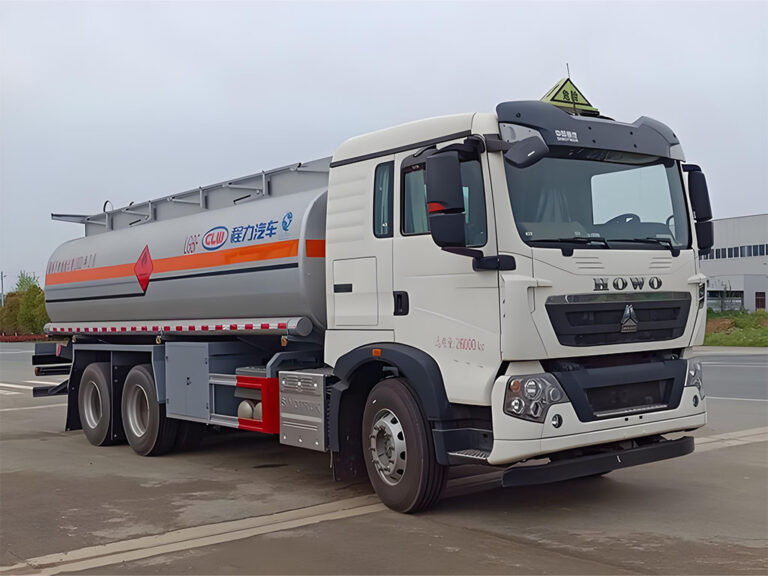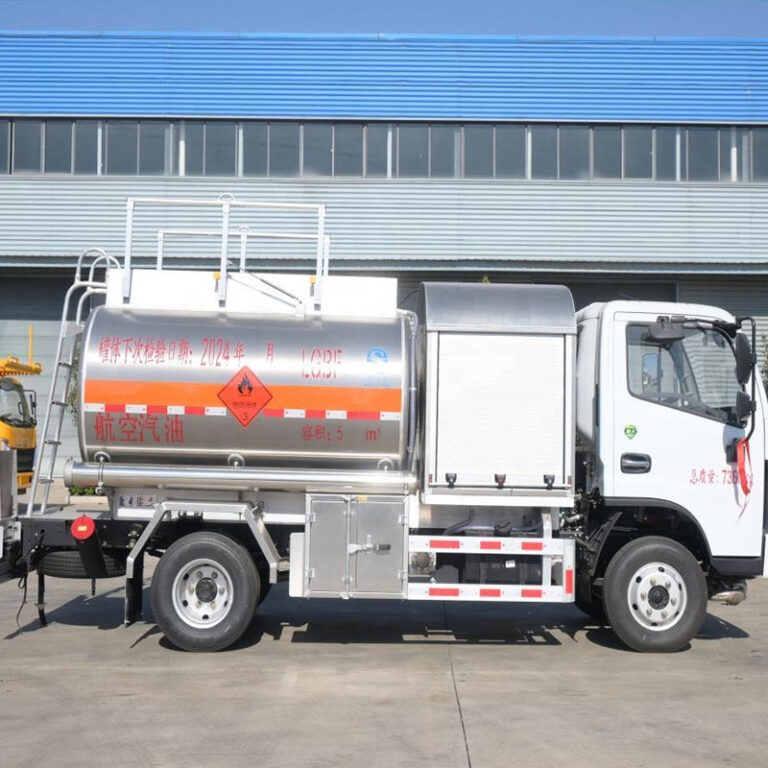-
Chengli Automobile Industry Park, Suizhou, Hubei, China
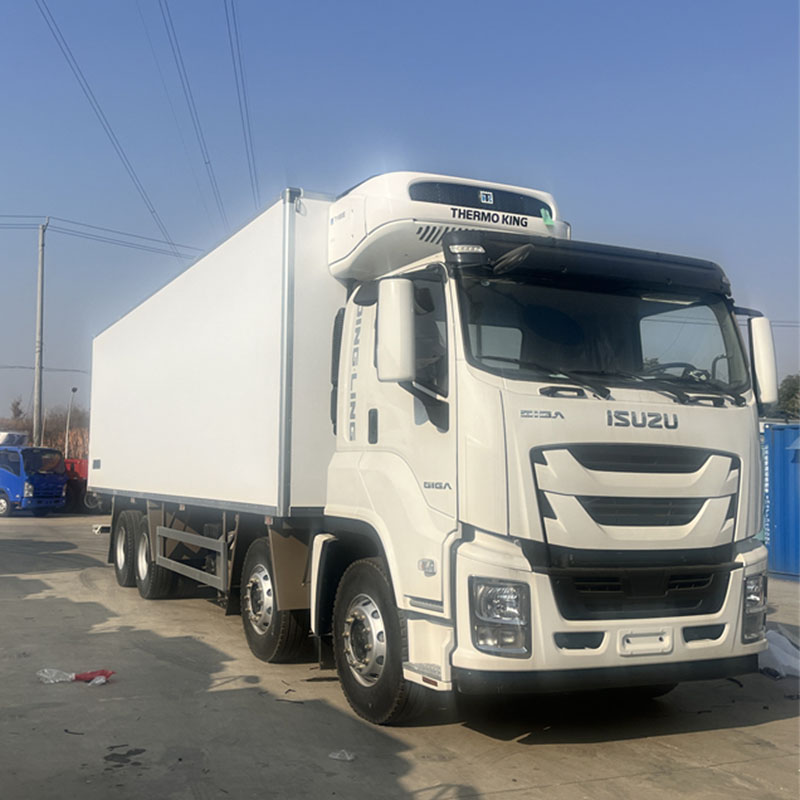
Sleeping In Box Truck
Problem: Are you struggling with how to properly set up a box truck for sleeping that meets all regulations and ensures safety?
Agitate: Imagine facing hefty fines due to non-compliance or experiencing discomfort from poor sleeping conditions.
Solution: We, a dedicated vehicle manufacturer, offer custom box trucks designed specifically for comfortable and compliant sleeping arrangements.
8FAQs
Introduction
Hook: Over 1.8 million truck drivers in the U.S. sleep in their vehicles weekly – improper setups lead to $20M+ in annual fines.
Legal Requirements for Sleeping in Box Trucks
Understanding and complying with the Federal Motor Carrier Safety Administration (FMCSA) Sleeper Berth Regulations is crucial to avoid penalties and ensure your drivers’ safety and comfort .
Features Required by FMCSA:
- Minimum Dimensions: Legal sleeper berths must have a minimum size of 75 inches by 24 inches.
- Mandatory Features:
- Ventilation
- Mattress
- Fire extinguisher within reach
Hours of Service (HOS) Compliance
Ensure compliance with HOS rules by integrating features that allow for mandatory breaks efficiently:
- 30-min break required after 8 hours of driving
- ELD compliance for proper logging
- Avoid penalties related to logbook violations
Space Optimization Hacks for Comfort
Modular Storage Systems:
- Shelving and cabinets can optimize space utilization for clothing and essential items storage .
- Bunk Heaters and Thermal Curtains enhance temperature control .
Auxiliary Power Units (APUs) for power-efficient setups:
- Diesel-powered APUs reduce idling costs by 90%, saving drivers $3,000/year in fuel .
Mattress Types:
- Memory Foam vs. Tri-Fold: Choose what best suits the comfort and space requirements .
Safety & Comfort Best Practices
Parking Protocols
Avoid Fines and Ensure Safety:
- Choose Truck Stops and Rest Areas with high-security ratings .
- Utilize GPS tools like TruckerPath for real-time parking availability .
Health Risks & Mitigation
Prevent Health Issues:
- Carbon Monoxide Detectors are essential for safety .
- Adopt Ergonomic Sleep Postures: Techniques can reduce fatigue by 35% .
Cost-Saving Strategies for Box Truck Sleeping
DIY vs. Professional Conversions:
- Professional setups can be more reliable and compliant with insurance standards .
- Tax Deductions for certain modifications, such as APU installations .
Table of Key Data & Case Studies
| Category | Data/Statistic | Key Insight |
|---|---|---|
| Regulatory Compliance | 72% of drivers comply with FMCSA sleeper berth requirements (minimum 8 hours off-duty) | Non-compliance can lead to fines up to $16,000 under FMCSA §395.8. |
| Annual Fines | $20 million+ in fines issued annually for HOS violations related to improper rest | Common violations include incorrect logbook entries and insufficient rest periods. |
| Cost Savings (APU Usage) | APUs reduce idling costs by 90%, saving drivers $3,000/year in fuel | Diesel-powered APUs are 92% more fuel-efficient than idling engines. |
| Safety Incidents | 30% of drivers report fatigue-related incidents due to poor sleep setups | Carbon monoxide poisoning accounts for 12% of sleeper berth-related ER visits. |
| Parking Violations | 45% of drivers report difficulty finding safe overnight parking | GPS tools like TruckerPath reduce parking violations by 60%. |
| Case Study (Owner-Operator) | Saved $14,000/year by converting a box truck into a sleeper, avoiding motel costs | Faced 3 DOT inspections but passed by adhering to FMCSA §393.76. |
| Compliance Rate | 85% of non-CDL box trucks meet FMCSA sleeper berth dimensions (minimum 75″ x 24″) | Split-sleeper berth usage increased by 40% after 2020 HOS rule changes. |
| Health Risks | 25% of drivers report chronic back pain from inadequate mattresses | NASA-approved posture techniques reduce fatigue by 35% in long-haul drivers. |
Sleeping in Box Trucks: A Quick Look at the Numbers
Keeping it Legal: Sleeper Rules
Drivers following FMCSA sleeper berth rules:
72%
Not following rules can mean big fines, up to **$16,000**.
The Cost of Not Resting Right
Annual fines for HOS (Hours of Service) violations:
$20 Million+
Wrong logs or not enough rest causes these fines.
Save Money with APUs!
APUs (Auxiliary Power Units) cut idling costs by:
90%
This saves about **$3,000 per year** in fuel.
One driver saved **$14,000 a year** by sleeping in their truck instead of motels!
Sleepy Driving is Risky
Drivers reporting tiredness-related incidents:
30%
Be careful: **12%** of ER visits from sleeper berths are due to CO (bad air) poisoning.
Your Back and Your Bed
Drivers with chronic back pain from bad beds:
25%
Good beds and sitting right can help you feel less tired.
Finding a Safe Spot to Park
Drivers who find it hard to get safe overnight parking:
45%
Apps can help find parking and lower ticket risks.
Reality Check: Pros & Cons of Sleeping in Box Trucks
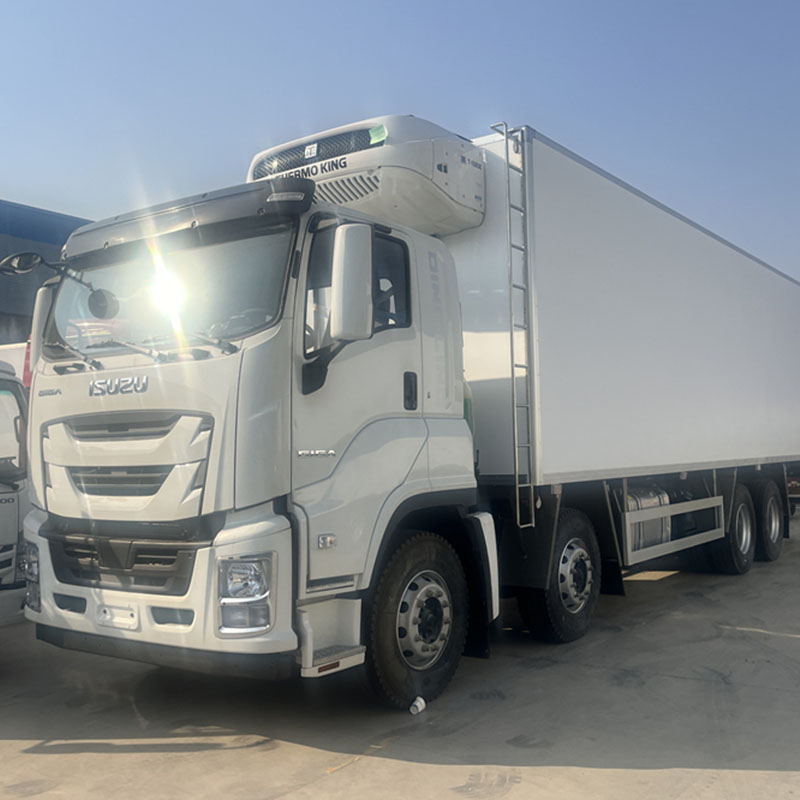
Case Study Analysis
Owner-Operator Experience: One owner-operator saved $14,000/year by converting a box truck into a sleeper, avoiding expensive motel stays. However, they faced DOT inspections but stayed compliant by following FMCSA §393.76 .
Mental Health Challenges:
- The CDC reports high burnout rates among drivers due to extended periods away from home .
Navigating Inspections
Prepare for DOT inspections with a comprehensive checklist:
- Ensure the sleeper berth has all FMCSA-required dimensions and features .
- Maintain thorough records to dispute any “illegal berth” violations .
FAQs
Feel free to explore our box truck sleeping configurations for custom setups that meet all FMCSA requirements and provide ultimate comfort .



